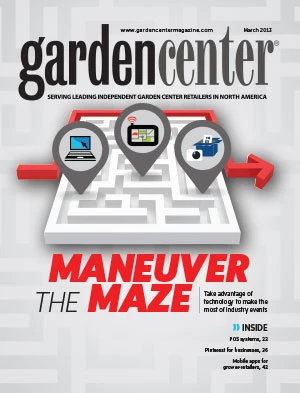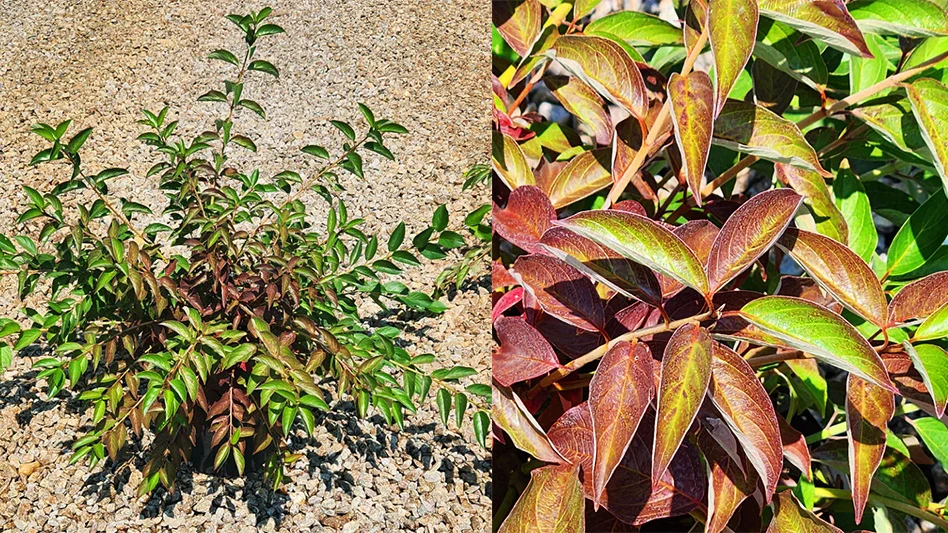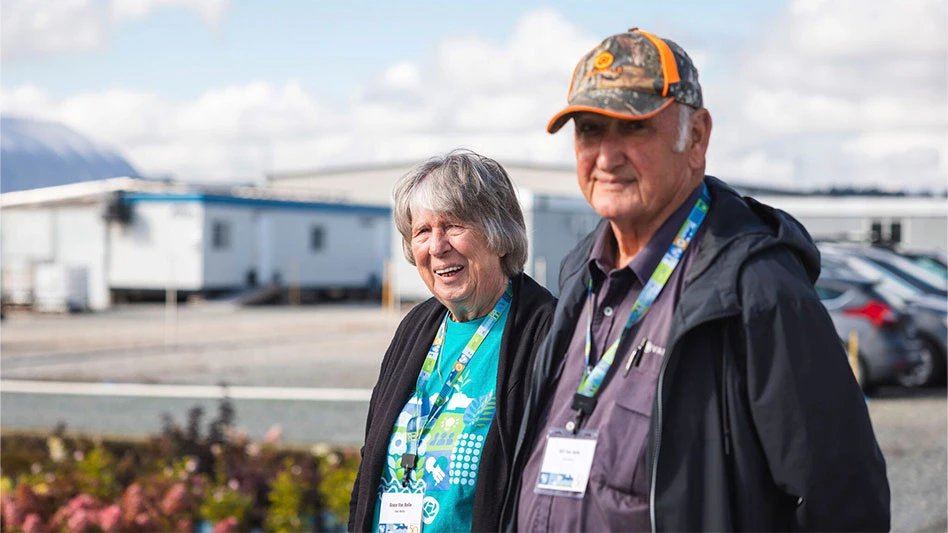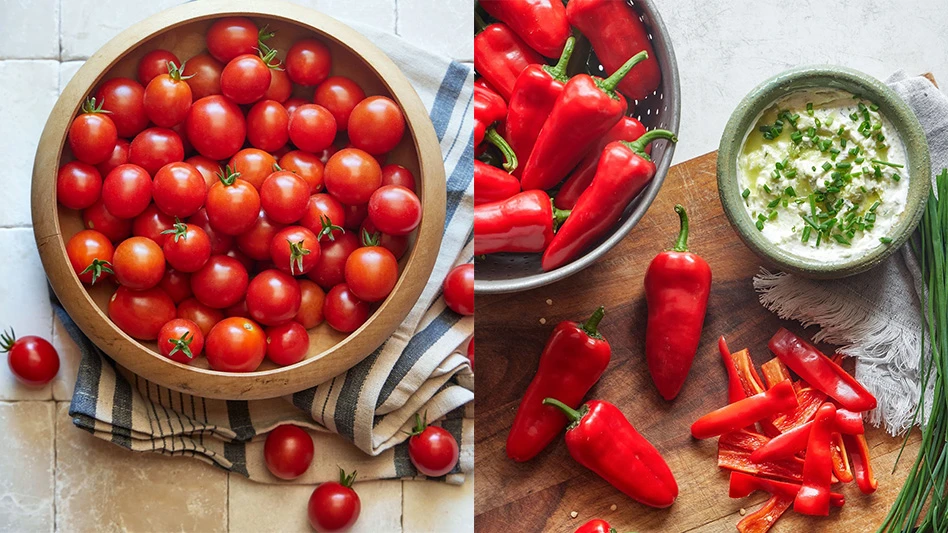 Trees are the most valuable and hardest working part of our landscape. They shade our homes and neighborhoods, cut energy costs, increase property values, reduce air pollution and soil erosion, and provide habitat for wildlife. When you combine these benefits with the beauty and calming presence trees add to our lives, it’s no wonder they are treasured by all of us.
Trees are the most valuable and hardest working part of our landscape. They shade our homes and neighborhoods, cut energy costs, increase property values, reduce air pollution and soil erosion, and provide habitat for wildlife. When you combine these benefits with the beauty and calming presence trees add to our lives, it’s no wonder they are treasured by all of us.
Planting a tree is a statement of belief in the future. But it’s not enough to plant just any tree. It should be the right tree. Whether it’s the flowers or fall color, it’s easy to choose a tree by ornamental characteristics, but there are other important aspects to consider first. Planting the wrong tree — one that’s too big, too messy or plagued by insects — can lead to generations of headaches and high maintenance costs, as you know, but your customers may not.
Here’s a checklist of important factors customers should consider when choosing a tree:
Climate adaptation
A tree should be adaptable to the general climate where it is being planted and to the localized “micro-climates” around the home. General tree adaptation is usually recommended by USDA Hardiness Zones or other regional zoning systems, such as those in the Sunset Western Garden Book. It’s important that customers know which zones they live in and recognize that any plant purchased should be appropriate for that particular zone.
Micro-climates are small climates that differ slightly from the overall climate of the area. These differences can be caused by topography or proximity to large objects, such as houses. Micro-climates can play an important role in how well a tree grows. For example, if a tree is chosen to shade a west-facing wall of a home, it may not be able to withstand the reflected heat and light until it’s big enough to shade the wall. Or, if a spring flowering tree — like a magnolia — is planted in a low spot, the blooms may be more likely damaged by frost.
Growth habit
How tall and wide a tree reaches at maturity and how fast it gets there are extremely important considerations. A medium-sized, spreading tree like Chinese pistache may be perfect to shade a patio, but it will quickly become a problem in a narrow side yard. Large trees planted too close to homes, patios or pathways can damage foundations and paving. Utility companies spend millions of dollars each year to fix problems created by large trees interfering with utility lines.
While it’s always tempting to plant fast-growing trees like silver maples to provide immediate impact, many of these species are short-lived, weak-limbed and have aggressive roots. Slower growing trees may take a little longer, but they are easier and cheaper to live with in the long run.
Garden center owners are encouraged to provide advice about the size, shape and growth rate of trees their customers are considering. With all the great cultivars of trees available today, sometimes choosing the right tree for the right spot is only a matter of recommending a better suited variety of a given species.
Water needs
Water is a precious resource and should always be a factor when choosing plants, especially trees. How much supplemental irrigation a tree requires is a particularly important question in dry summer areas of the southwest or areas prone to drought. In many of these areas, native or drought-tolerant trees are an ideal choice.
Solar exposure
Choosing a tree that will grow well in shade, part shade or full sun seems like an obvious consideration, but it’s critical to inform customers about how exposure may influence the care a young tree needs. Customers should know that planting in full sun means paying close attention to a young tree’s water needs and understanding the value of mulching. If obtaining shade means root competition from large trees, the water requirements for a young tree may be affected.
Soil and drainage
Encourage customers to perform a soil drainage test at the planting site before planting. This is easily done by filling the planting hole with water, allowing it to drain and then filling it again. If the hole hasn’t drained in 24 hours, it may be best to plant elsewhere, take steps to improve drainage or use a species that grows well in wet soils.
Litter
No tree is completely clean, but it pays to avoid planting types that are notoriously messy near patios or paving. This would include trees with soft or wet fruit but also ones that drop flower blossoms or leaves over a long period of time.
Pests
Avoid species with known insect and disease problems, or choose varieties with resistance.
It’s also a good idea to inform customers about newly planted trees that can be particularly susceptible to insect pests, such as borers, and the recommend methods of protection.
Provide local information
After reading this, tree selection may seem like a complicated process, but it’s truly not. This checklist can start the conversation with customers and in the end help them select the best tree for their outdoor space. Local cooperative extension services, arboretums, botanic gardens and city park departments can provide additional information on which trees grow best in a particular geographic area.
Lance Walheim is a Bayer Advanced garden expert and author of Roses for Dummies.

Explore the March 2013 Issue
Check out more from this issue and find your next story to read.
Latest from Garden Center
- Endless Summer hydrangeas and Suntory Senetti glam up the Grammys red carpet
- Sakata Seed America announces executive leadership transition
- Syngenta Flowers launches updated Sunfinity consumer website
- Star Roses and Plants adds four members to sales team
- Super Charged Moon Juice from Moon Valley Nurseries now available nationally
- Terra Nova Nurseries releases new agastache variety, 'Peach Pearl'
- Blackmore Company creates plastic-free Plant-It-Friendly retail sleeve
- PlantCon International expands to Florida





